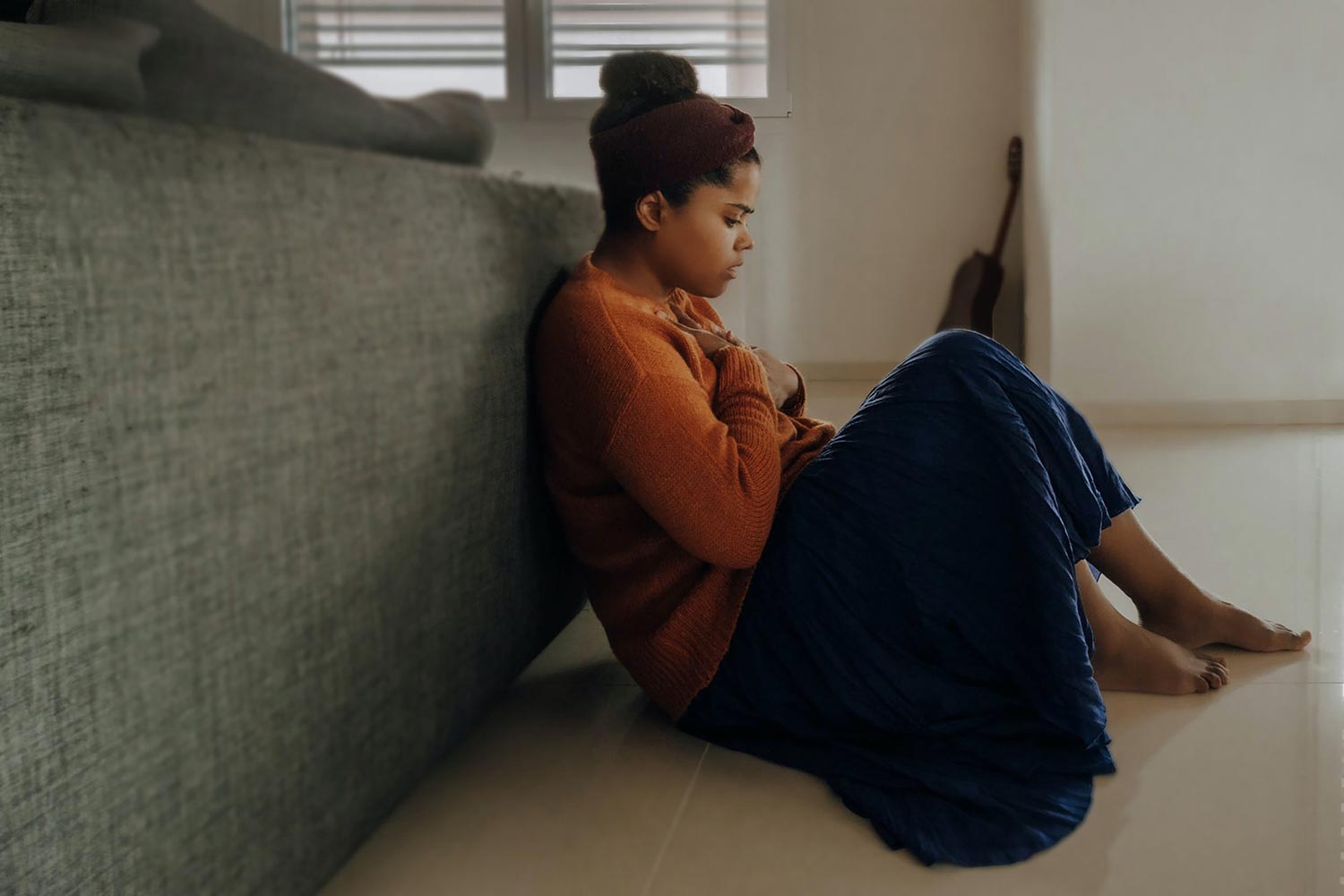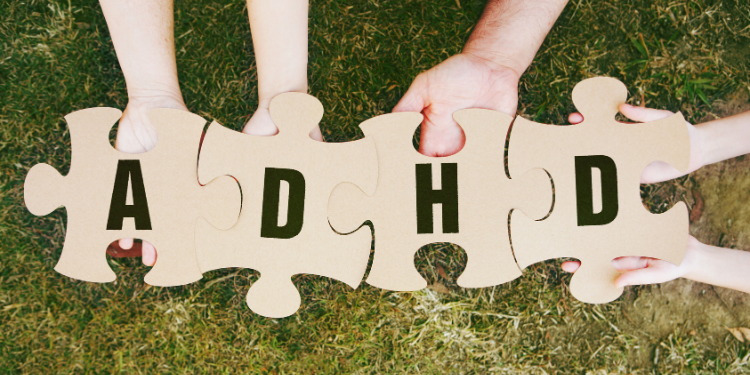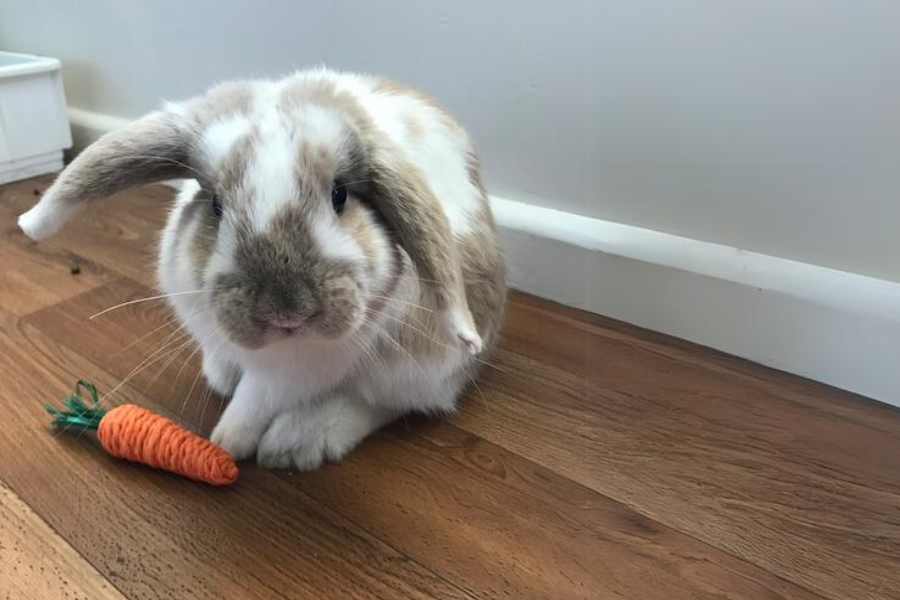Anxiety is a ‘whole-being’ emotion. Anxiety has a very physical expression; it is connected like electrical wiring to our thoughts (it is psychological); it is embedded in the way we engage in relationships with individuals and groups; and it is deeply connected to our spiritual identity as creatures of a loving Creator.
Given its complexity, any singular, silver-bullet answer to anxiety is probably not enough. Instead, a ‘whole-being’ response is needed. The good news is that there are a lot of tested and tangible strategies available for overcoming anxiety. To help us think ‘whole-being’, I’ll use two categories to describe some treatments for anxiety:
1. Top Down treatments: these engage our thinking
2. Bottom Up treatments: these engage our body and the non-rational faculties of our mind

Top Down Treatments for Anxiety
Here are three treatments or strategies for tackling anxiety that engage our rational thinking:
1. Talk Therapy
Talking it out with a psychologist or counsellor can be an effective strategy for getting some perspective on your anxiety. Their job is to seek to understand your experience and have empathy, ask strategic questions, give you space to process through attentive listening, and equip you to manage and even overcome your anxiety with time.
Generally, mental health practitioners work within a specific framework that helps them identify ‘what’s wrong’ and ‘what can be done’. Cognitive Behavioural Therapy (CBT) is one such framework, popular because it has proven to make a difference in a large proportion of people in a reasonably short timeframe. CBT helps you notice how your thoughts (cognitions) directly affect the way you feel and how you behave, and then trains you to change your thinking style.
Where anxiety can tend to smoulder in the background without an apparent trigger, CBT can be a useful approach. Negative thought patterns are like kindling, and—when anxiety is sparked—can cause it to grow quickly into overwhelming flames. Thoughts like, “I am a failure as a person because I can’t even do X” or “I will always be alone, no one will ever want to marry me, I’ll die alone!”, or “She thinks I am a real idiot” are kinds of ‘kindling’ that CBT will help you clear out.
Family Systems Therapy is another talk therapy approach, mentioned here because it centres on anxiety in terms of how we navigate our relational systems. This approach corrects a bias in the field of psychology of focusing on individuals and their problems. It is eye-opening to reframe the intense anxiety you are feeling internally as a group issue. Family Systems Therapy brings insight and practical strategies for defusing the power of anxiety in your life.
2. Engaging with Scripture
Scripture is full of reminders that God is bigger than our greatest fears. Seek them out! Find ways to keep the Word within your field of vision: build a habit of reading five minutes a day, listen to it read while you’re doing a mundane chore, talk about it with friends, even write it out and literally display it in your space where you’re likely to pay attention. These are just a few ideas, not a prescription! The key idea is let the words of Scripture feed into your thinking because they are a deep well of pure, refreshing water for your anxious soul.
3. Journaling Prayer
Talk to God candidly about your anxiety. Be specific and process with him. Journaling can help to slow down your prayer (and thinking), creating some space for you to ‘hear’ him respond, such as through Scripture that he brings to your mind.

Bottom Up Treatments for Anxiety
Here are four treatments or strategies for tackling anxiety that engage our bodies and non-rational minds:
1. Medication
Interestingly, anti-depressants are used to treat anxiety. These change the level of brain chemicals related to mood that transmit signals between brain cells, such as serotonin and noradrenaline. Anti-depressants can cause side effects but can be used for a sustained period to manage anxiety.
There are also anti-anxiety medications, used for severe anxiety. They are not recommended for long-term use, as they can be addictive, lose their effectiveness and have other side effects including memory loss. Psychiatrists are trained to know when these are the best option in the short term and how to safely manage their use.
2. Exposure Therapy
The goal of Exposure Therapy is to gradually and in a controlled way, expose a person to their anxiety triggers to allow their brain to create new associations and responses. This approach is used by highly trained individuals who know how to carefully manage risk of high distress. It is sometimes used for specific phobias, social phobia and panic disorder, as well as post-traumatic stress disorder and obsessive-compulsive disorders (which are not technically anxiety disorders in current classifications).
3. Relaxation Techniques
If anxiety is an emotional spark or flame, a relaxation technique is an anxiety fire extinguisher. Dr Kate Middleton explains:
“[Relaxation] is about physically relaxing and bringing down the levels of the hormones and other chemicals that have flooded your body as part of the anxiety or stress response.”
The goal is to deploy a relaxation technique in the moment of peak anxiety. But to get to that point, you need to practice when you are already feeling relaxed.
An example Dr Middleton offers is to choose a song that you like and play that regularly at times when you are calm. Hum or sing along and sing through to the end of phrases or lines so that the song regulates your breathing and gets you taking deep breaths. Practise a couple of times a day when you are quiet and calm. You want your brain to build an association between the song and feeling calm and safe. The more you do it, the stronger the association.
Once mastered, you can use the song in moments of anxiety. Dr Middleton recommends building up slowly: try it first when your anxiety level is at a three out of ten, then five out of ten, etc. With practice, eventually you may need only hum the tune in high-anxiety moment and that will be enough to help you feel back in control.
4. Engaging with God in a ‘bottom up’ kind of way
Just as anxiety is a whole-body phenomenon, so is worship! One way we routinely use our bodies in worship is through singing. If there is a worship song that is particularly steadying for you, perhaps this could be a good candidate for the relaxation technique described above.
Another way to engage with God in a bodily way is to pray a ‘breath prayer’. This is a short prayer that you pray on a single breath. For example:
INHALE: Your grace
EXHALE: is enough.
You could write your own breath prayer by taking a favourite Psalm and summarise its message in a two-part statement like this. This would be a great ‘top down’ exercise. The act of praying is a ‘bottom up’ strategy because it gives you a chance to reconnect with your body and in the same moment connect with the God who put breath in your lungs. Let the act of your breath prayer assure you that God is with you right now in your stress and anxiety. When I use this strategy in high anxiety moments, I will often pray the same prayer a few times on a few deep breaths in and out. My breathing becomes more regulated—supplying my brain with more oxygen to think a little more clearly—and I sense God’s nearness in a moment of need.

How can I learn more or get help?
Connect yourself to help immediately
Lifeline 13 11 14 (24-hour crisis support and suicide prevention services. Call, text, or chat online to connect with someone trained to help.)
If life is in danger call 000
Beyond Blue Support Service (call, chat online, or email with a mental health professional)
Suicide Call Back Service 1300 659 467
MensLine Australia 1300 78 99 78
Websites with easy to digest information and ways to find support
Youth focused resources
BITE BACK: Online wellbeing and resilience e-program for 12-18-year-olds, a free service by the Black Dog Institute
headspace (National Youth Mental Health Foundation) providing early intervention and mental health services to 12-25-year-olds
Books by Christian authors
First Steps Out of Anxiety, Dr Kate Middleton, 2010 (Kate Middleton writes from her expertise as a psychologist and integrates this with her experience as a Christian)
Refuel: How to balance work, life, faith and church – without burning out, Dr Kate Middleton, 2015
Living Without Worry: How to replace anxiety with peace, Timothy Lane, 2015 (Timothy Lane writes from his expertise as a pastor as well as his own experience of worry, offering reflection and insight on the Bible’s teaching on worry)
The Ruthless Elimination of Hurry: How to stay emotionally healthy and spiritually alive in the chaos of the modern world, John Mark Comer, 2019 (John Mark Comer offers cultural analysis and connects this with the health of our souls)
Other helpful books
Mental: Everything you never knew you needed to know about mental health, Dr Steve Ellen & Catherine Deveny, 2018
Changing Minds: The go-to guide to mental health for you, family and friends, Dr Mark Cross & Dr Catherine Hanrahan, 2016
Alison Courtney holds a Master of Arts in Counselling from Gordon-Conwell Theological Seminary in Massachusetts, USA. She is also a secondary school teacher with pastoral care experience in Christian education. Presently, most of her time is spent raising two young children. When spare time occasionally presents itself, Alison enjoys making art.




